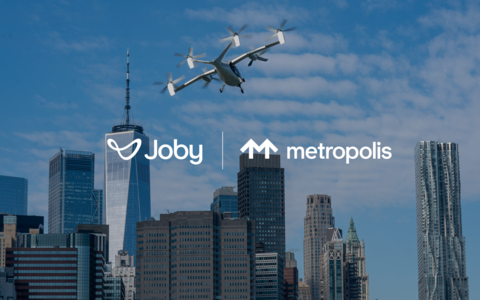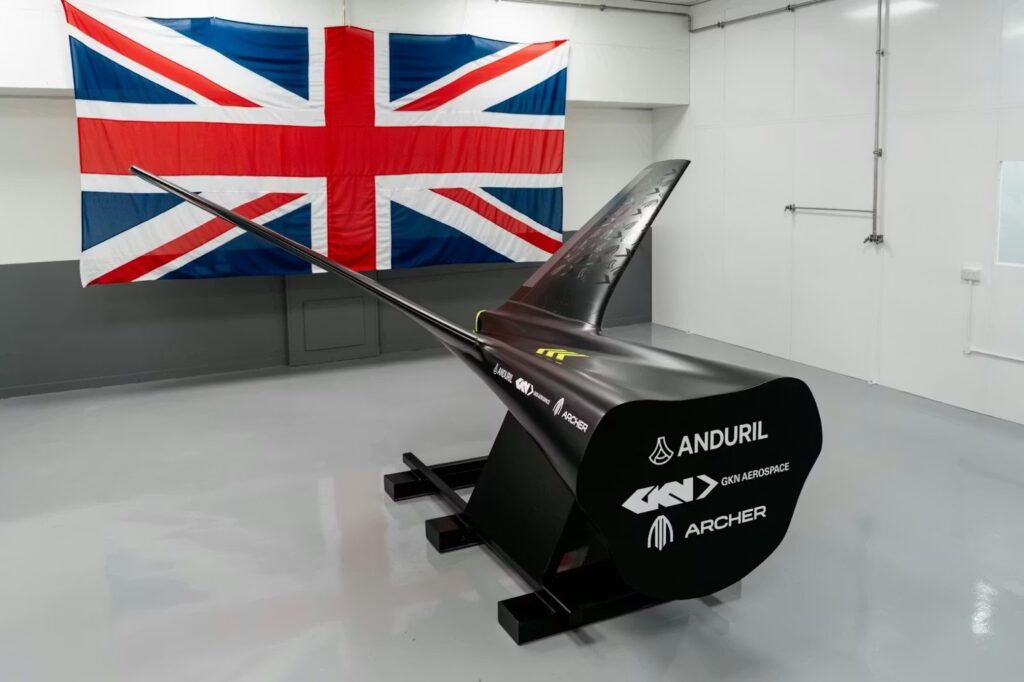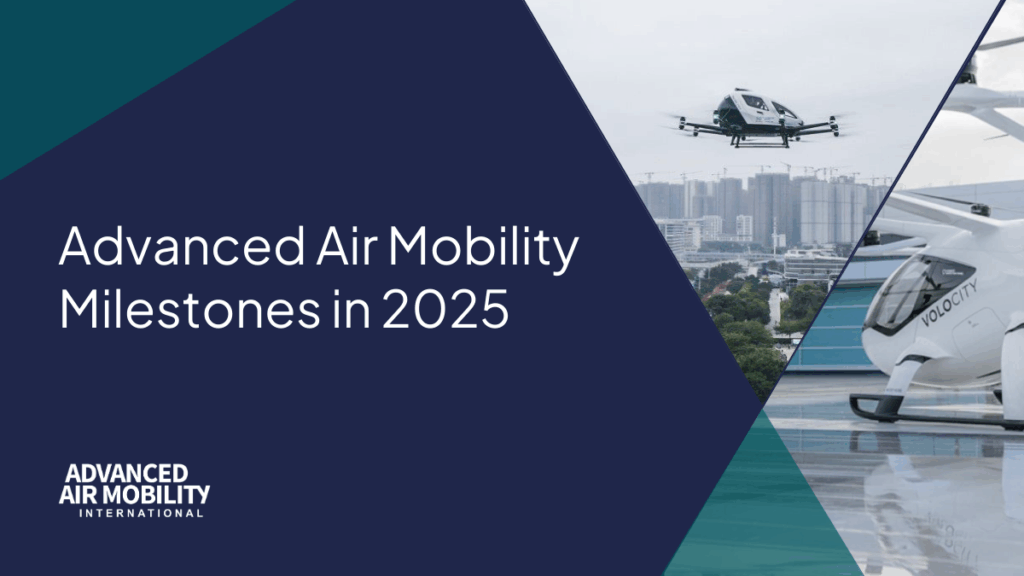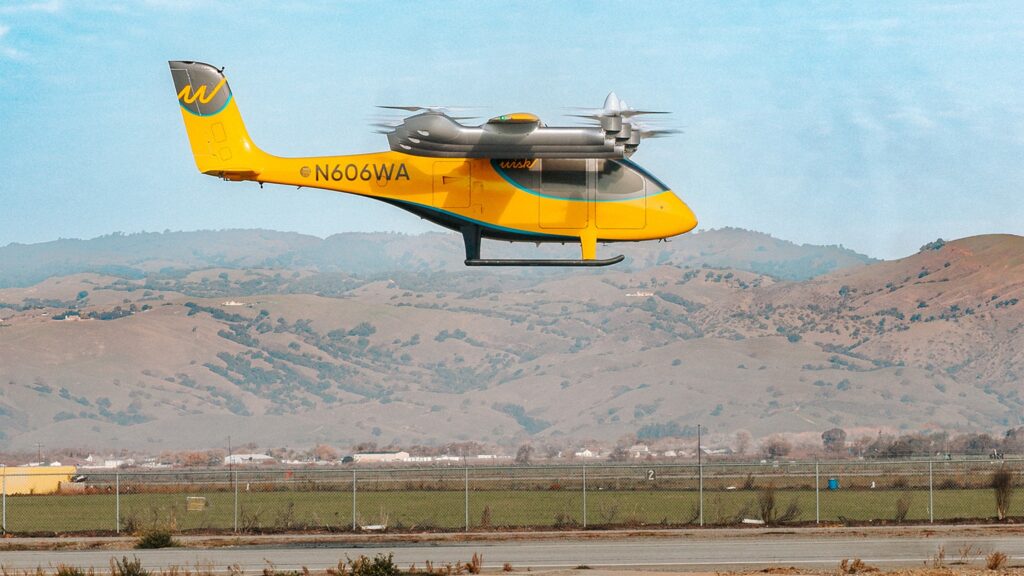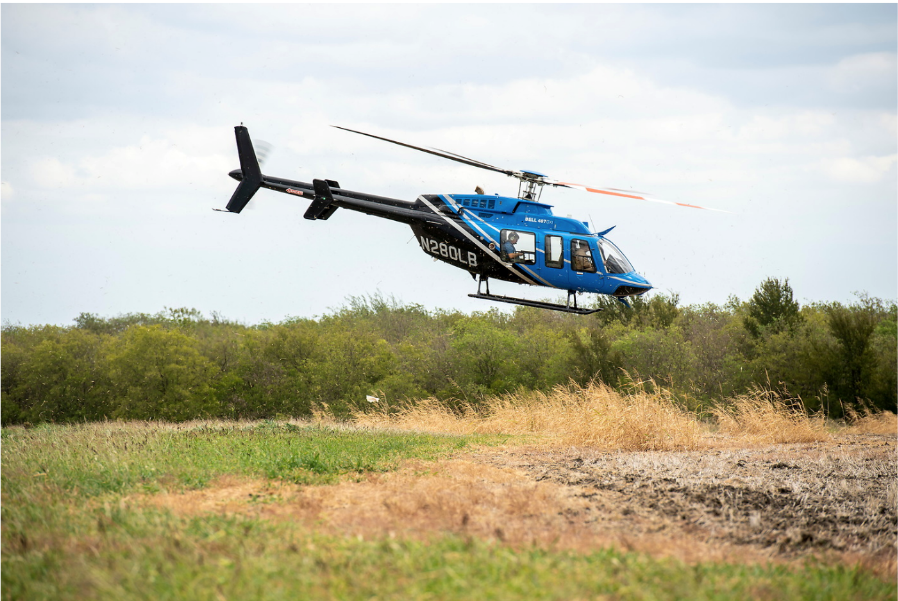
A Bell Textron 407GXi helicopter, representing an electric vertical takeoff and landing (eVTOL) aircraft, has been used in NASA-led tests to gather essential data on how to manage air traffic for high-demand routes that will be seen with the addition of Advanced Air Mobility (AAM).
The flight is part of NASA’s Advanced Air Mobility National Campaign research effort, which partners with companies like Bell and others. The helicopter lifted off from the Hillwood Alliance Texas Flight Center in Fort Worth, Texas, and began making its way to the University of North Texas Discovery Park in Denton, about 25 miles away.
During the tests, held October 10th and 11th 2022, NASA used computer modeling software to guide the helicopter in a designated lane that simulated an eVTOL vehicle’s potential flight path. The research team tested how radio transmission systems would work together on such routes to communicate to air traffic control in real time. The helicopter, standing in for an eVTOL, showed how such an aircraft might help travelers and cargo travel on regional routes.
Gerrit Everson, Partner Demonstration Team Technical Lead on NASA’s Advanced Air Mobility National Campaign, said: “A fundamental objective of the test was to investigate how new data services that are focused on real-time communication of potential hazards would be shared among aircraft operators and supporting systems. Our team of industry and government partners worked incredibly hard to plan and execute the recent test activities and obtain data that is vital to maturing the AAM ecosystem.”
NASA’s AAM mission envisions a revolutionary new air transportation system, and the National Campaign team leads foundational research on the vehicle performance, autonomy, infrastructure, and airspace planning that will allow an AAM ecosystem to materialize. NASA AAM research with industry partners will help the Federal Aviation Administration (FAA) establish certification standards for eVTOLs and provide industry with a better understanding about how to design these new vehicles to be safe and quiet.
As infrastructure partners in this phase of the National Campaign, the North Texas Cohort research team is made up of 15 entities, including:
- The Federal Aviation Administration (FAA)
- The University of North Texas based in Denton, Texas
- Bell Textron of Fort Worth, Texas
- Unmanned Experts Inc. of Glendale, Colorado
- Advanced Air Mobility of Texas (AAMTEX) based in Fort Worth, Texas
- The Hillwood Alliance of Dallas, Texas
- Avianco of Dallas, Texas
- Delmont Systems of Hurst, Texas
- ResilienX of Syracuse, New York
- Metron Aviation of Herndon, Virginia
- Hermes Autonomous Air Mobility Solutions of Middletown, Delaware
- Frequentis of Columbia, Maryland
- Lone Star Unmanned Aircraft Systems Center of Excellence and Innovation based in Corpus Christi, Texas
- Center for Collaborative Adaptive Sensing of the Atmosphere (CASA) based in Amherst, Massachusetts
For the October test, NASA researchers and other team members monitored the helicopter through two ‘laps’ of a pre-planned test route.
Greg Juro, the AAM National Campaign’s North Texas cohort lead, added: “This test was the culmination of many months of preparation to combine various parts of a future AAM ecosystem in flight including weather, telemetry, and demand and capacity data. This test successfully proved that this type of critical data can be successfully integrated and relayed between ground-based systems and an airborne vehicle.”
New forms of highly automated AAM aircraft, such as eVTOLs, will transform air transportation, cargo delivery, and a variety of public services. NASA believes the results from this test will drive industry standards in airspace management, vehicle-to-infrastructure communications, and autonomous flight operations, all of which will be required for eVTOLs and other AAM vehicles to safely operate.
As part of a combined effort across NASA’s AAM portfolio, the National Campaign project is expected to build upon this research in the phases of testing planned for the next few years.


